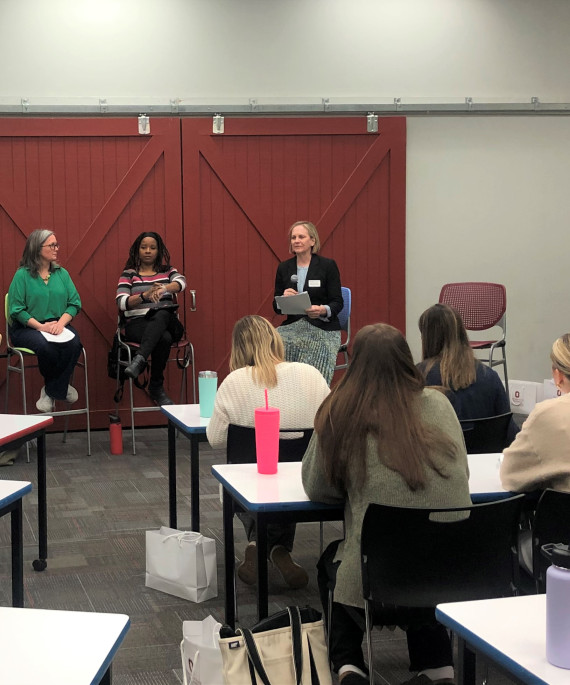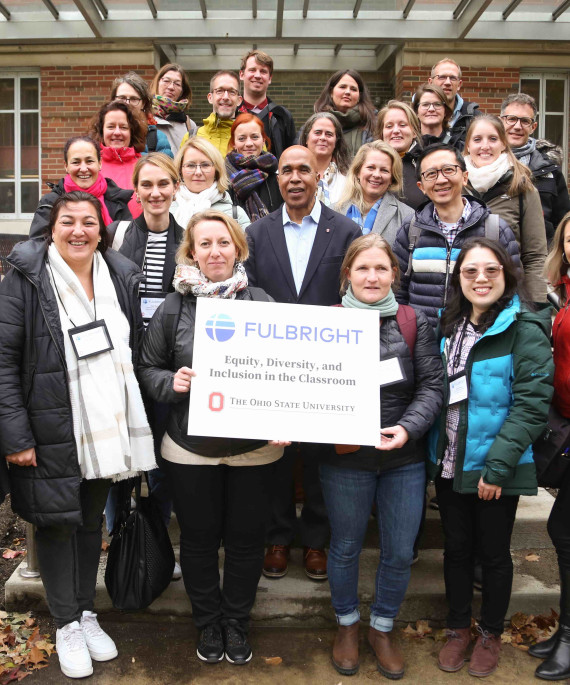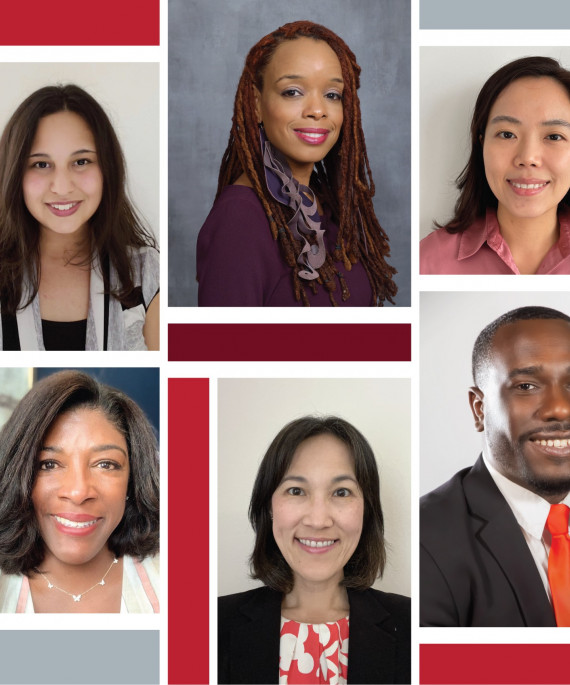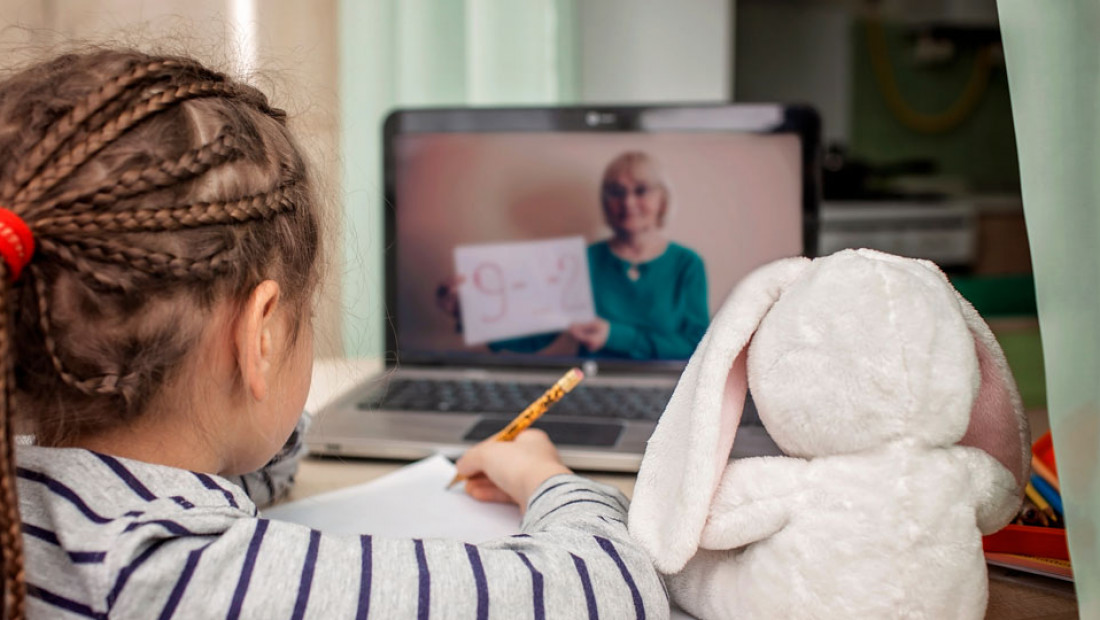
History provides clues, but school leaders must collaborate, be courageous
Pandemics, like all catastrophes, disrupt education. COVID-19. Hurricane Katrina. 9/11. Lessons for handling those disruptions lie within history and in the training of education leaders.
Ask John Conrath about social distancing, and his mind goes to 1974, when he was superintendent of a tiny school district in northwest Ohio. In one chaotic night, a storm dumped 1.5 feet of snow on the region.
Abandoned cars littered the roads like toys. Wind gusts piled snow on everything, so plows couldn’t pass. Power lines fell. Rural roads, some with 10-foot drifts, were impassible for days. Then another maelstrom: Fuel shortages that left schools without heat.
“We probably missed six weeks of school, and people just sat there, saying, ‘What can we do now?’” said Conrath, senior lecturer who directs the Superintendents Licensure Program in the College of Education and Human Ecology.
“We did social distancing, not because of some pandemic, but because there was no way to physically get the kids to come together. And, of course, there was no technology. It was the 1970s.”
Because of the COVID-19 pandemic, at least 124,000 public and private schools in the United States have closed as of March 31, according to Education Week. The closures have affected at least 55 million K-12 students. Worldwide, more than 1.5 billion children have missed school — sometimes for months — according to UNESCO.
The pandemic’s scope and consequences are in many ways unprecedented. But to protect students and educate them through crisis, history provides some insights.

Pandemics aren’t new, but some factors are
The elderly are particularly at risk for COVID-19. In the mid-20th century, the circumstances were flipped.
Polio sickened mostly babies in the 1800s. But during the 1940s and ’50s, children and young adults were stricken with terrifying regularity. Schools were sometimes closed for weeks.
In 1952, 57,628 polio cases were reported in the United States, more than 21,000 of them causing paralysis. More than 3,000 died. Until Jonas Salk developed a vaccine three years later, the only preventative measures were non-pharmaceutical. Closing school was a top intervention, and the decision typically was handled on the local level.
Back then, the Journal of School Health argued that such actions were ineffective. The debate reemerges as often as epidemics do in modern history.
But “school leaders are very sensitive to the notion that (illness) can just whip through schools, like a 50 mile-per-hour wind,” Conrath said. “You can have three or four kids with the problem one day and, four days later, you've closed school because everybody's sick.”
Now, science backs up closing schools to curb contagion. Recent studies show that decisive and timely closures can stem the rate of infection for the entire population.
The 1918-19 influenza pandemic killed between 500,000 and 750,000 Americans, in one year lowering the average life expectancy by 12 years. Then, as now, a vaccine didn’t yet exist.
School closings turned out to be one of the most effective firewalls in shutting down the disease, a 2007 Centers for Disease Control and Prevention study showed. Cities like New York, which closed schools and banned public gatherings well before the pandemic peaked, experienced an excess death rate nearly half that of cities like Pittsburgh, which waited.
Today’s medical community is in consensus — and most state leaders have listened. Ohio Governor Mike DeWine was the first in the nation to implement statewide school closures March 12.
“We've got to listen to them even though it's inconvenient and even though it's disruptive,” said John Marschhausen, superintendent at Hilliard City Schools and superintendent in resident at the College of Education and Human Ecology.
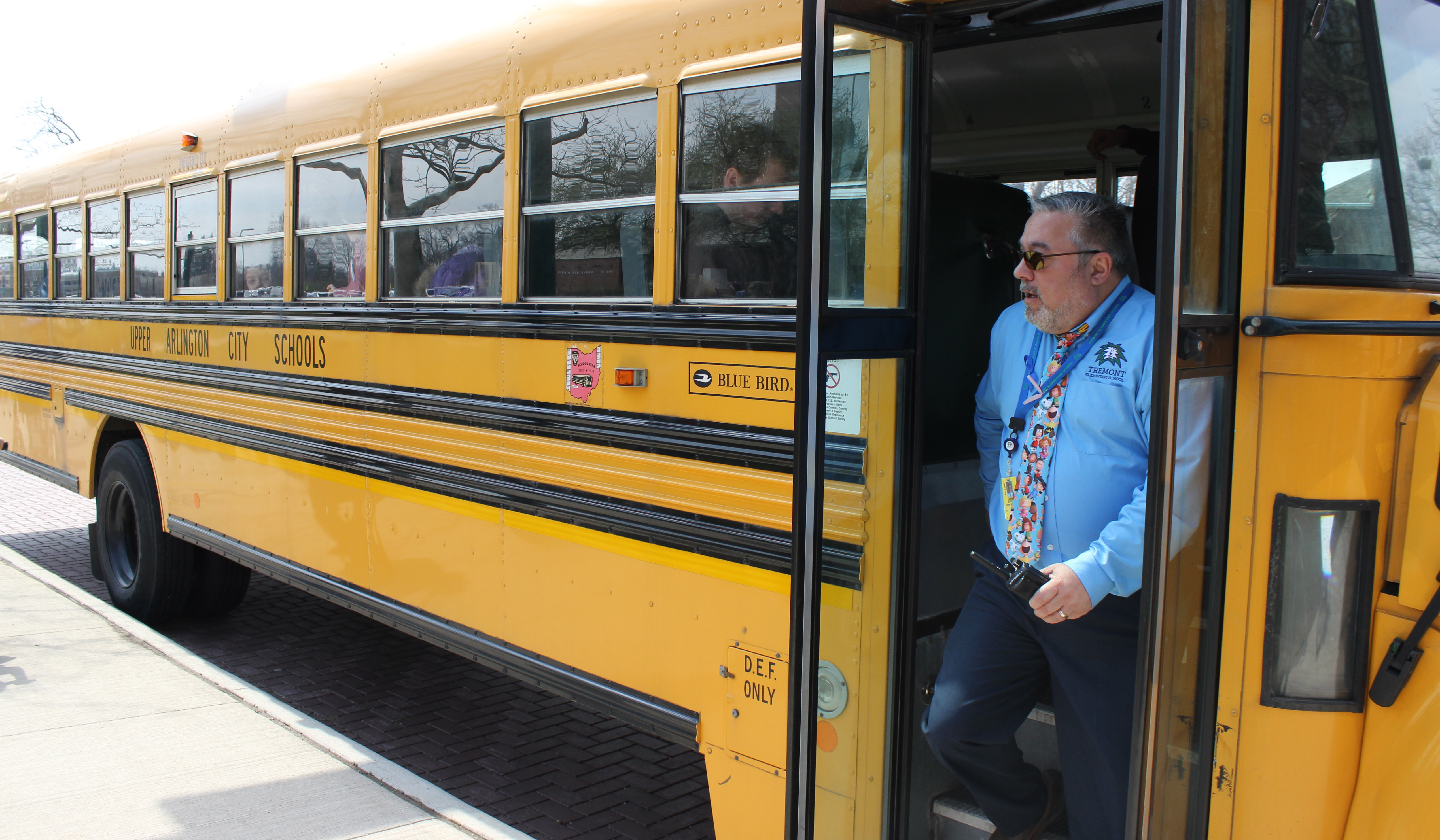
Directing schools, creatively
But how can education leadership handle the challenge of teaching children who might not see a classroom again until autumn? The solutions are as individual as the districts, Conrath said.
“The question becomes, how have the people who are now making the decisions been prepared? I think that's critical,” he said. Conrath teaches doctoral students to hone three qualities: to be courageous, energetic and a student of the profession.
“You have to be constantly searching, you have to be constantly trying to figure out what is the right thing, because it's all about decision making,” he said. “Who do we have to get together? How do we make sure we've got it right? And then, do we have the energy and courage to make this happen?”
The public might not perceive the collaboration happening among education leaders, who pow-wow about everything from snowstorms to, now, figuring out how to potentially host prom on football fields in July.
Marschhausen said he and Columbus City Schools Superintendent Talisa Dixon, also a superintendent in residence at the college, have compared strategies during the COVID-19 crisis.
Marschhausen and Lakota Schools Superintendent Matthew Miller launched a series of statewide Zoom chats among district leaders to swap ideas and creatively approach each other’s challenges.
“Some districts across the state of Ohio are doing phenomenal things,” he said. Buses are delivering lunches to high-poverty urban areas and assignment packets to students in rural areas. Drivers collect the homework in bins then return it to teachers several days later.
For those without Wi-Fi access, Hilliard schools has pointed high-speed internet into the parking lots surrounding several schools and athletic fields. Students come there to download assignments.
Challenges persist. Most high school students have smart phones with which to access school learning platforms. But many underrepresented children have no access to technology. And even when they do, younger students need help using it. “I worry about our elementaries,” Marschhausen said. “We’re relying an awful lot on mom and dad.” And many parents are working from home or in jobs out of the home.
So, minds continue to meet, albeit virtually.
“You can rest assured that school leaders in Franklin County and central Ohio are communicating with each other,” Conrath said. “Newly appointed leaders are talking to their mentors and their colleagues …. They're making sure they confer with each other, so that they see where all the problems are.”
Using updated tools to assess
While pandemics are not new, much has changed in the United States since major contagions of the early 20th century.
“We have so much data on these kids, and we're going to be able to know where we've fallen short,” Marschhausen said. “We're going to know the academic impact of this on these students and compare them to the classes around them, like we've never been able to do before.”
All is not lost. As Marschhausen wrote to his staff last week, the schools’ first priority is making connections: calling families to be sure kids are eating, ensuring special needs students are getting care. The second priority is teaching, he said.
“So can we keep learning going? And, even if we are only able to teach half of what we normally taught during this fourth quarter, that's half more than if we didn't do anything. We have to do everything we can to just keep learning going during this crisis.”

